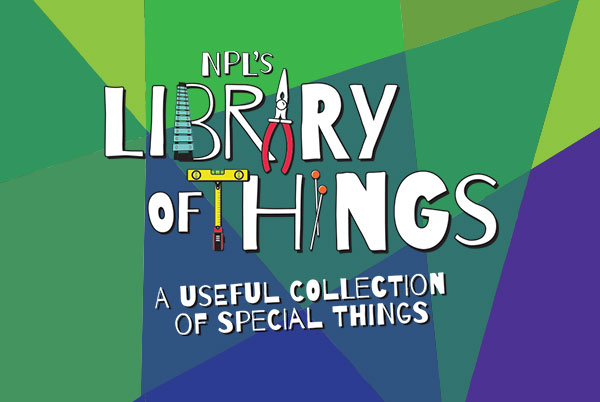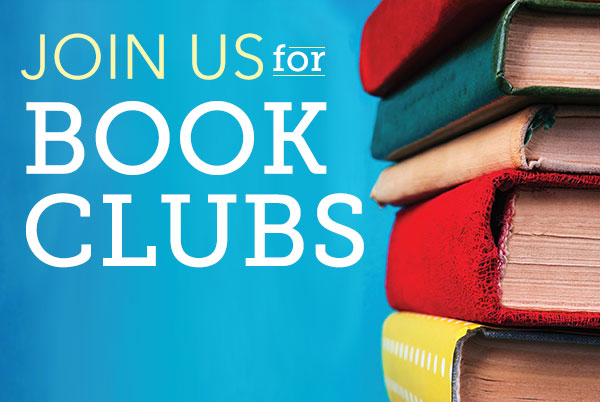On January 6, Spanish-speaking people in the United States and around the world celebrate Three Kings Day, or el Día de los Tres Reyes. The night before, children gather grass to put into a small box, which is then placed under the bed, along with a small bowl of water. According to tradition, the Three Kings visit during the night as they make their way to Bethlehem. At each house, their camels eat the grass and drink the water. In return, the Three Kings leave gifts for children to discover in the morning.
In Three Kings Day: A Celebration at Christmastime, ten-year-old Veronica and her siblings carefully decorate the boxes they will leave under their beds. Your child can decorate a box to prepare for the Three Kings´visit to your home. Cover a shoebox with plain butcher paper to make a blank canvas for your child´s creativity. Children can decorate the box with traditional motifs of stars, like the Star of Bethlehem, or crowns, as the Three Kings wear. They can also use paint and even glitter to represent the gold, frankincense, and myrrh the Three Kings carried.





